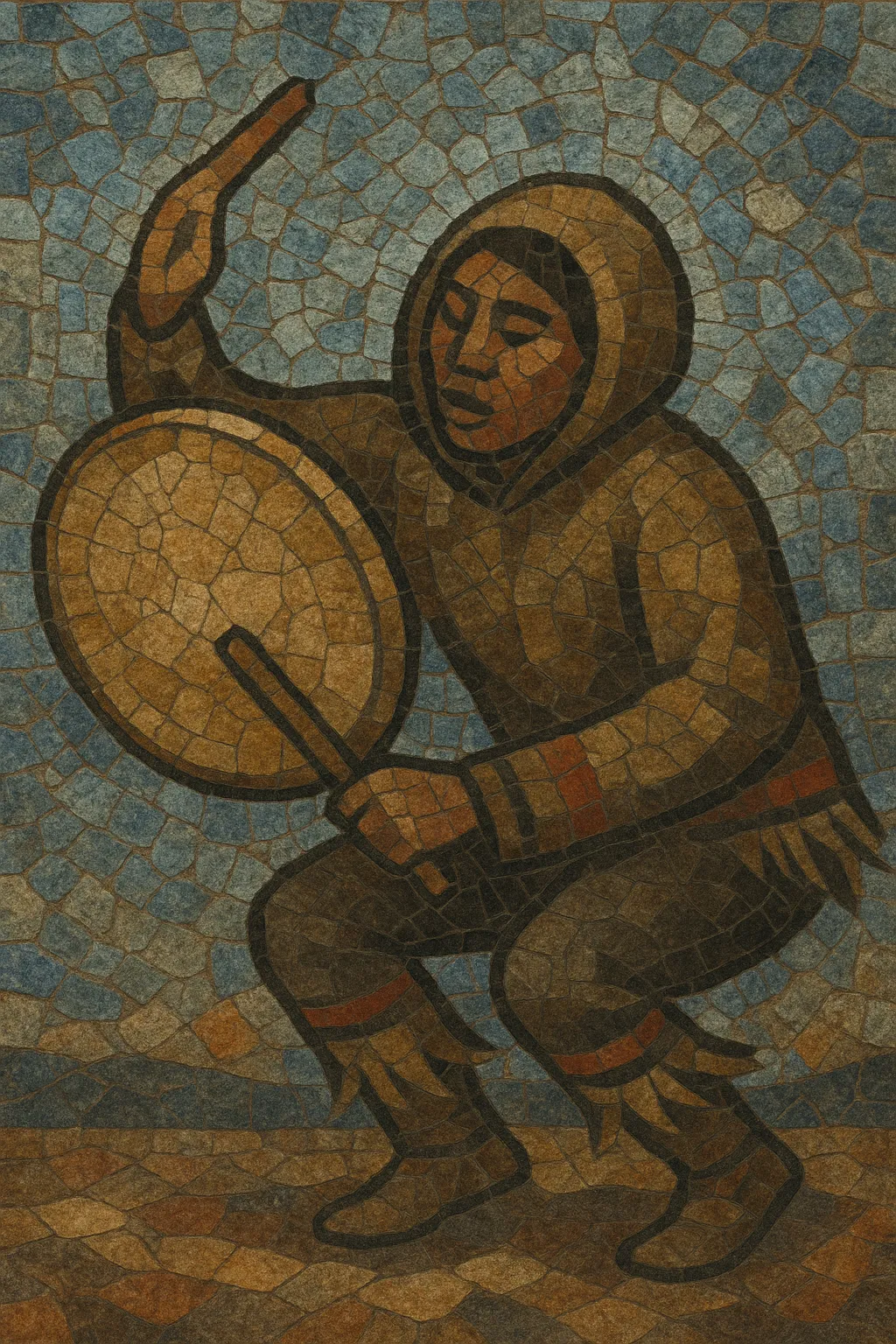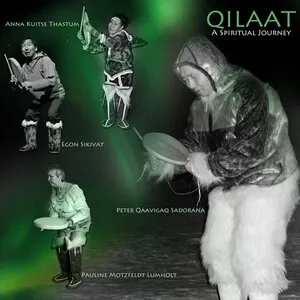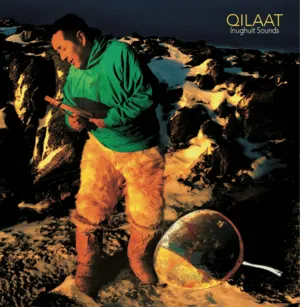Tivaner Inngernerlu is the Greenlandic Inuit tradition of drum-dance and song, literally "drum-dance and singing." It centers on the qilaat (a single-headed frame drum with a handle) accompanying solo or call-and-response singing, storytelling, and stylized dance.
Performances combine monophonic melodies with a flexible sense of meter, where the drum articulates cadences, accents, and dramatic movement rather than a strict constant pulse. Vocables, short refrains, and narrative verses are common, and the dancer-drummer’s gestures are integral to the music’s form and meaning.
Historically practiced in communal gatherings for celebration, dispute resolution, and ritual, the style remains a living emblem of Kalaallit (Greenlandic Inuit) cultural identity and aesthetics.
Tivaner Inngernerlu grew within the broader Inuit cultural sphere that reached Greenland with the Thule migration. The frame drum (qilaat) and song-dance practice served social, ceremonial, and even juridical roles, with public performances used for celebration, satire, and dispute settlement.
From the 18th century onward, missionary activity and colonial influence introduced Christian norms that discouraged or suppressed traditional ceremonies. While some songs and techniques survived in private or remote communities, public practice declined in many areas.
Ethnographers and Greenlandic cultural advocates recorded drum-dance repertoires, techniques, and instruments, helping preserve the tradition. Cultural movements of the late 20th century spurred renewed interest and community-led revival, with regional ensembles re-establishing performance contexts in festivals, schools, and cultural centers.
Today, Tivaner Inngernerlu features in community events, national celebrations, and intercultural stages. Artists and ensembles maintain core elements—qilaat drumming, dance, narrative song—while engaging educational programs and collaborations that keep the tradition vibrant and locally rooted.




